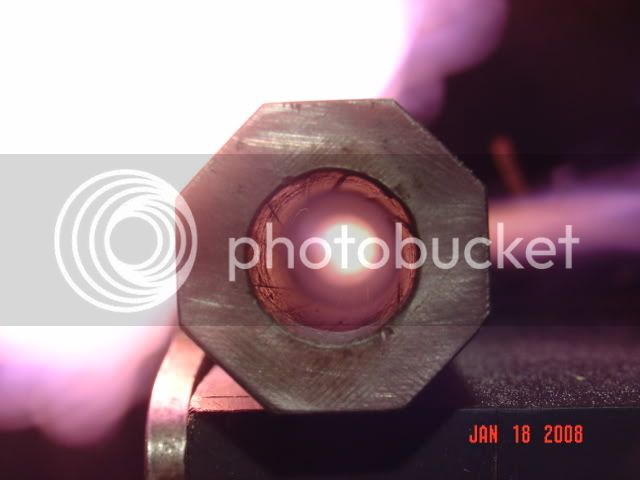baxter said:I believe that I "overcharged" the pan several times.
TIA. baxter
Not to worry.
It is impossible to overcharge the pan other than in the context the frizzen will not properly close.
There is supposed to be an energetic "poof" when the pan ignites.
If you use FF for prime its more difficult to get an really nice "poof" since the powder is significantly slower than FFFF or Swiss Null B.
I have abandoned the "metered" plunger things and have gone back to a priming horn after several decades. The things can get pressed in the pouch and then there is loose powder....
Those made all of brass are also a form of pipe bomb being strong require a lot of pressure to burst. When I figured this out I quit using that one is one of the pouches.
Dan





